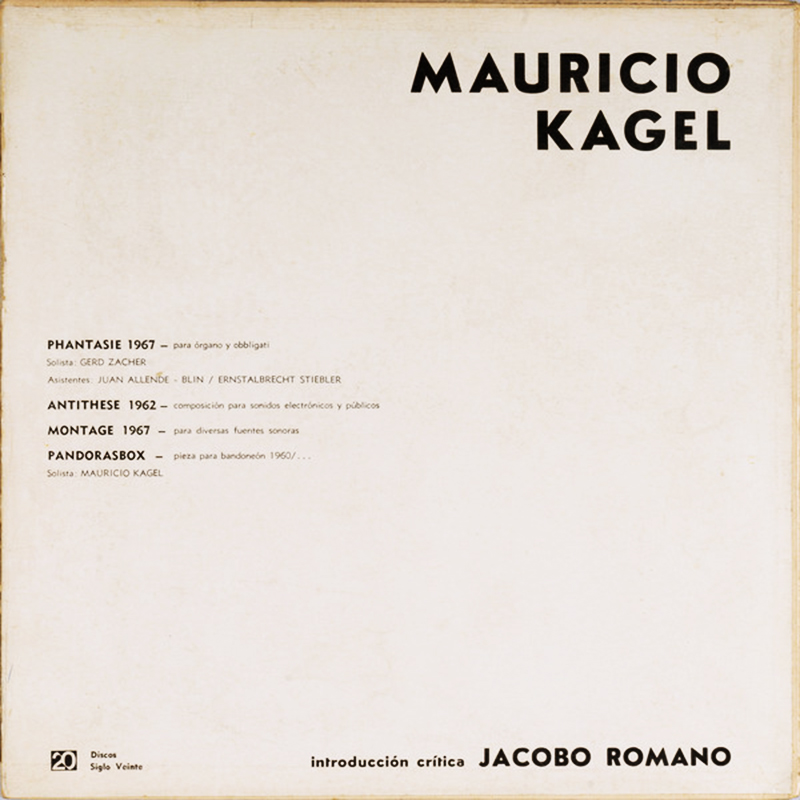Early ElectroMIX is a series to document the history of experimental Electronic music from the 50s to the 80s, composers making use of electronic instruments, test equipment, generators of synthetic signals and sounds… to analog synthesizers…While our sessions document those who make it today my desire is to transmit some pioneering works which paved the way to what we try to create today.
Realizing that most of those seminal recordings were not available I decided to archive them in a contemporary way, DJing-mixing them and while most of the time running several sources together or in medleys I made sure to respect the original intent of each composers as I want to transmit their message rather than mine.
The only one I would dare deliver being that they should not be forgotten…
Philippe Petit / April 2021.
Recorded (on March 20/2021) for our series broadcasted on Modular-Station
https://modular-station.com
Tracklist:
Michel Chion – Kyrie Eleison (1978) 00:00 > 01:35
Hugh Le Caine – Dripsody (1955) 01:20 > 02:46
Thomas Hamilton – Fatehpur (1976) 02:28 > 07:55
Ilhan Mimaroglu – Wings of the Delirious Demon (1972) 06:15 > 21:07
Éliane Radigue – L’Île Re-Sonante (2005) 15:48 > 38:49
Klaus Hashagen – Trip In The Air (1970) 34:25 > 54:34
Mauricio Kagel – Antithèse (1962) 51:48 > 01:00
Michel Chion – Kyrie Eleison (1978 / Empreintes DIGITALes)
Michel Chion began to work for the ORTF (French Radio and Television Organization) Research Dept. in 1970, where he was assistant to Pierre Schaeffer at the Paris’ Conservatoire national de musique, producer of broadcasts for the GRAM, and publications director for the Ina-GRM, of which he was a member from 1971 to 1976. He composed musique concrète works in the studios of the GRAM including « Requiem » whose Kyrie Eleison comes from.
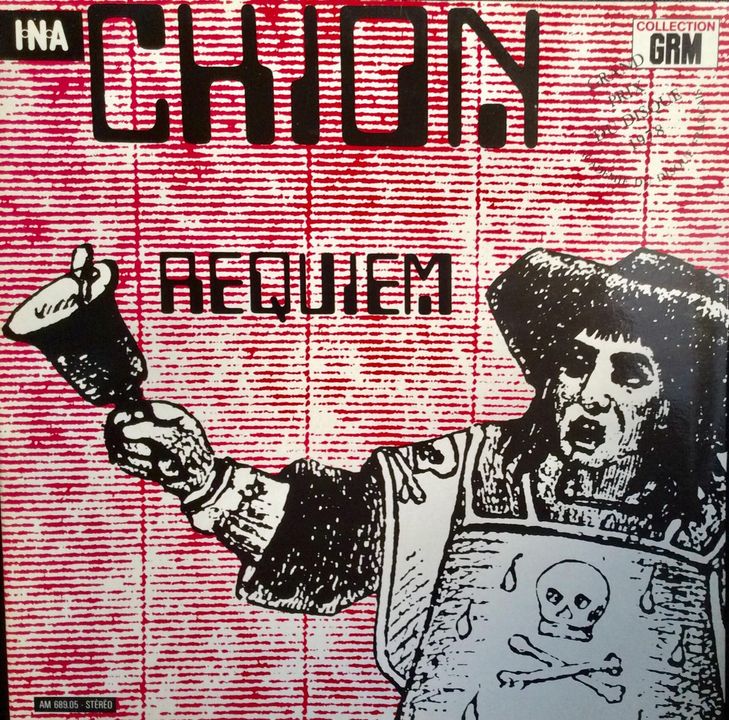
Hugh Le Caine – Dripsody (1955 / JWD)
A genuine pioneer who developed an early electronic synthesizer in the 1940s – the « electronic sackbut » whose controller modified volume, pitch, and timbre. Thus it was one of the first electronic instruments to use a three-dimensional continuous controller to modify the sound in a live situation. Such control is still rare in electronic instruments. Dripsody was made on his prototype multi-track, using a keyboard similar to that in the sackbut, but rather than control electronic tone generators, it controlled the playback speed of several reels of tape.
After the success of public demonstrations of his instruments, he was permitted to move his musical activities to the National Research Council of Canada (NRC) and to work on them full-time in 1954, where he gained funding in order to open ELMUS, the Canadian Electronic Music Laboratory. Over the next twenty years, he built over twenty-two different new instruments and helped Canadian universities establish their own studios in the new electronic music medium.
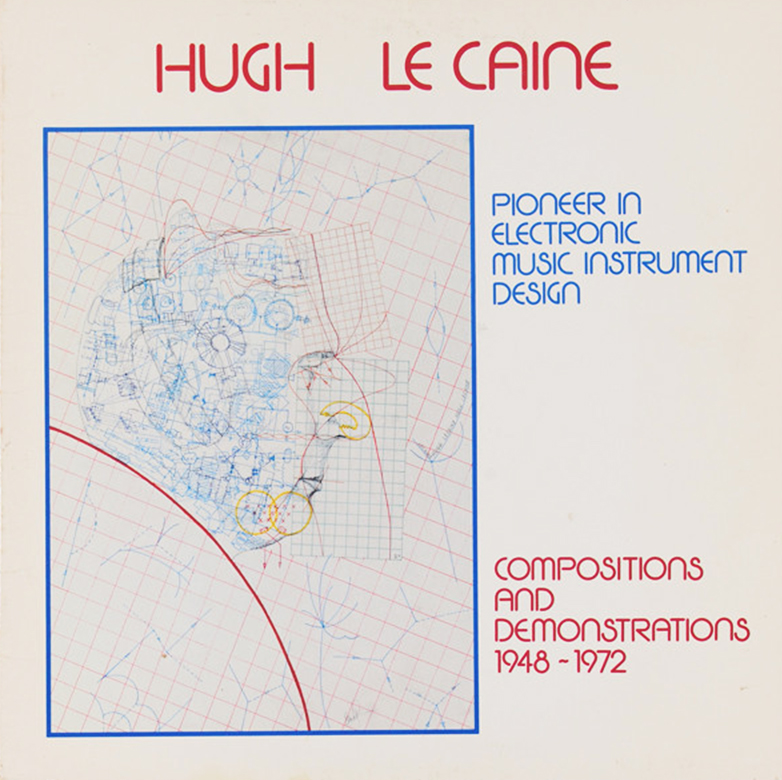
Thomas Hamilton – Fatehpur (1976 / Mental Experience)
Tom Hamilton’s first effort is to be remembered as a masterpiece in the use of the legendary ARP 2500 synth. Tom has worked on almost all of the Robert Ashley CDs and tours since 1990. Overall his name appears in the credits of about 60 CDs to date and recently I have highly enjoyed his duo with Miguel Frasconi.

Ilhan Mimaroglu – Wings of the Delirious Demon (1972 / Finnadar)
During the 60’s Turkish born musician and composser Ilhan Mimaroglu studied at the Columbia-Princeton Electronic Music Center, worked with contemporaries Edgard Varese and Stefan Wolpe and compossed music for a body of work by Jean Debuffet. Wings of the Delerious Demon… was released in 1972 on his own private press label Finnadar Records. Most of the pieces within are early explorations with processing the clarinet through synthesizer filters, creating new organically charged analog sounds with a rich human breath-like undertone. Synth explorations sweep throughout the album, with bits of crashing sound collage-esque moments of spontaneous beauty.
This is one of my favorite album in the genre, truly essential !
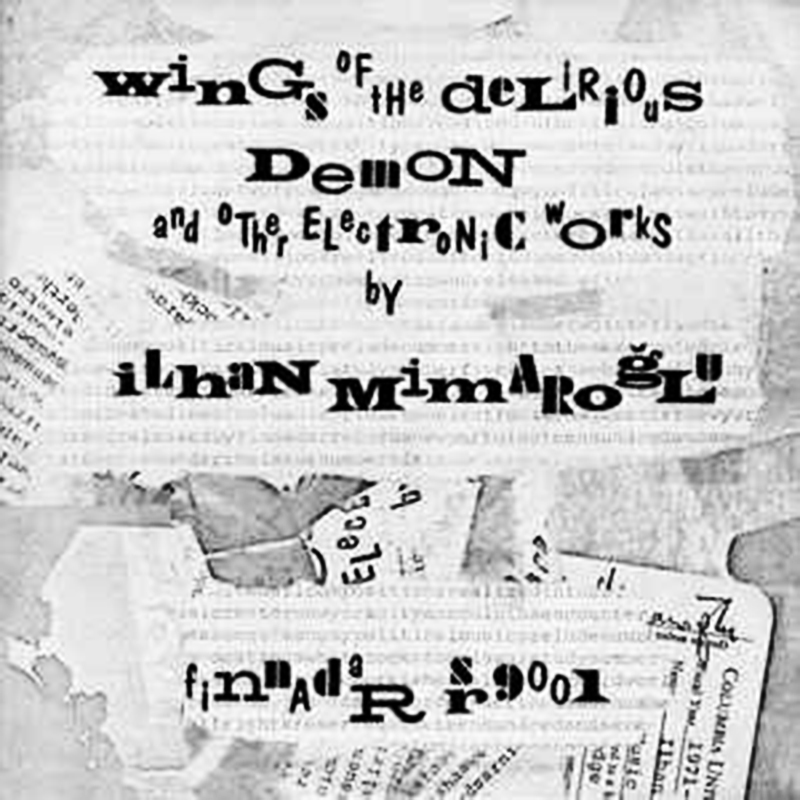
Éliane Radigue – L’Île Re-Sonante (2005 / Shiiin)
Although this work is from 2000 Eliane Radigue studied electroacoustic music techniques with Pierre Schaeffer at Radiodiffusion-Télévision Française (RTF) and worked as Pierre Henry’s assistant at the Studio Apsome from 1967 to 1968 and became a master in the use of the ARP 2500 Synth. She works with electronic sounds on tape to create an ambience within which sound seems to move in a continual flow around the listener.
L’Île Re-sonante (“The Resonant Island”) is a single, continuous 56-minute composition, yet its sense of duration defies clock-time. It begins almost inaudibly, as if one were waking inside a dream already half-sounding. A faint shimmer emerges — a harmonic fog, neither tone nor noise — and begins to expand outward in ripples.
Technically, the work is built upon slow-moving layers of sustained oscillators, meticulously tuned to create complex beat frequencies and interference patterns. These tiny pulsations — the breath between frequencies — form the rhythmic life of the piece.
There is no percussion, no melody, no gesture. The movement exists entirely within the microscopic undulations of sound itself. It is music that moves by standing still.
And yet, this stillness is alive. As frequencies interfere, they create zones of acoustic mirage — shimmering illusions of motion, spirals of resonance that appear and dissolve like waves on a shoreline.
Listening becomes a form of seeing. You begin to perceive the structure of vibration itself: concentric rings of sound, endlessly refracting.
Radigue spoke often of sound as water. Here, the metaphor becomes literal.
The work feels like an island surrounded by tides — its boundaries porous, its surface endlessly changing under invisible currents. The tones rise and subside with an aquatic grace; they shimmer like light reflecting on the surface of deep water.
It is an île in the sense of an isolated consciousness — a self-contained field of vibration — but it is re-sonante, alive with reverberation, connected to the whole ocean of listening.
In her own notes, Radigue described the piece as “a long inner journey towards the centre of sound.” The title alludes to René Daumal’s Mount Analogue — a symbolic island that can be found only by those who already believe in its existence. So too with this music: it reveals itself only to those willing to remain still long enough to perceive it.
At the structural level, L’Île Re-sonante unfolds in three vast, almost geologic phases.
Emergence — faint oscillations hover at the threshold of perception, like the first rays of dawn.
Expansion — midrange frequencies rise, their amplitude breathing in waves, as though the island itself were inhaling.
Return — the textures thin, the harmonics fade, leaving behind a luminous afterimage, the listener suspended between sound and silence.
What’s remarkable is that these transitions never announce themselves. There are no sudden shifts, no climaxes. One only realizes a change has occurred when one’s own body has adjusted to it.
In this way, the listener becomes participant — a sensor of temporal dilation. The piece is not something you hear; it is something you enter.
The final minutes dissolve into a single, glacial resonance — a sonic horizon that feels less like an ending than a return to the source. You are left not with silence but with presence: the room humming faintly, the air still vibrating in your chest.

Klaus Hashagen – Trip In The Air (1970 / Colosseum)
German composer who developed a great interest in electronics and played a lot, most notably with the Ars Nova Ensemble outta Nürnberg. He had released a song on a compilation from Deutsche Grammophon’s prestigious series “Deutsche Musik Der Gegenwart » documenting the Contemporary music of today but I favorited this one for Percussions and Electronic.
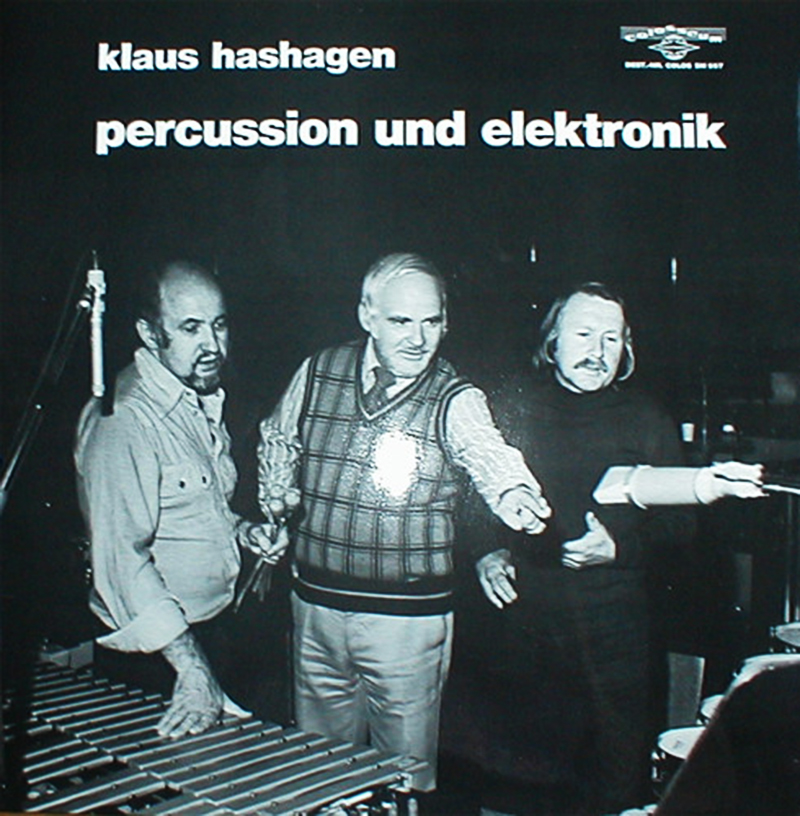
Mauricio Kagel – Antithèse (1962 / Discos Siglo Veinte )
Mauricio Kagel originated from Buenos Aires/Argentina and was a very distinctive composer of contemporary music.
From the very beginning his name has been associated above all with music theatre, the genre in which he has perhaps exerted the greatest impact.
Kagel’s creative output is remarkable: it encompasses not only stage, orchestral and chamber music in an extremely wide range of instrumental settings, but also film scores, radio plays and essays.
